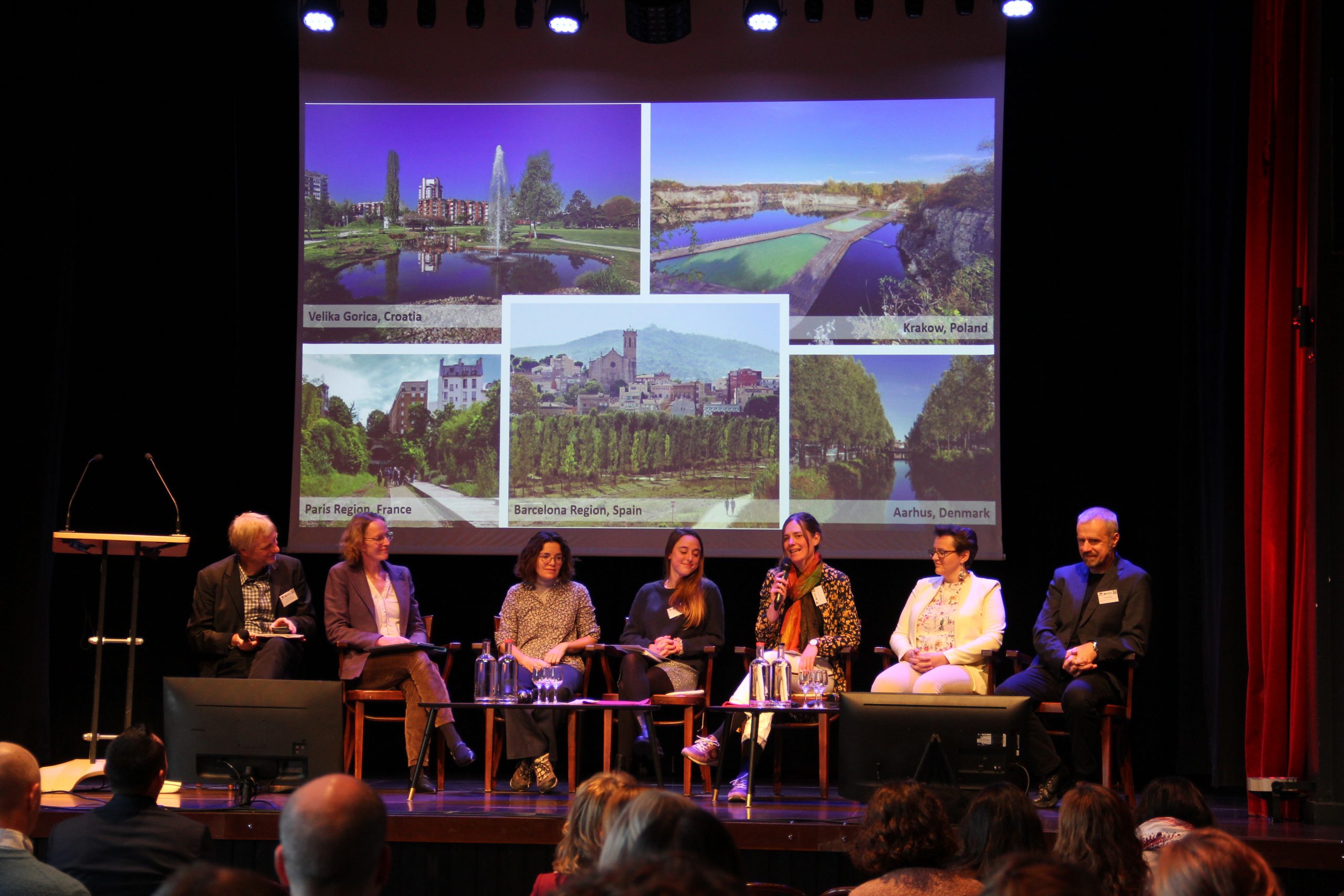
Insights from our Science-Policy Symposium “Regreening Cities with Nature-based solutions in EU and China”
Marking the culmination of the CLEARING HOUSE and REGREENN projects, the conference “Regreening Cities with Nature-based solutions in EU and China – Bridging Science, Policy, and Practice” brought together experts and stakeholders to explore the critical question of enhancing urban resilience through Nature-based solutions (UF-NBS), particularly within the context of Urban Forests. The sessions unveiled a plethora of ideas, strategies and collaborative endeavours aimed at addressing pressing challenges of our age such as climate change mitigation, biodiversity loss and the need for opportunities to access nature for health and wellbeing.
Reflections on four years’ of dedicated efforts by the CLEARING HOUSE and REGREENN projects in advancing sustainable urban development through NBS revealed tangible impacts on city plans and systems across Europe and China. Insights underscored the valuable lessons gleaned from both academic research and through project implementation experiences on the ground. The conference painted a comprehensive picture of the challenges and opportunities for environmental sustainability.
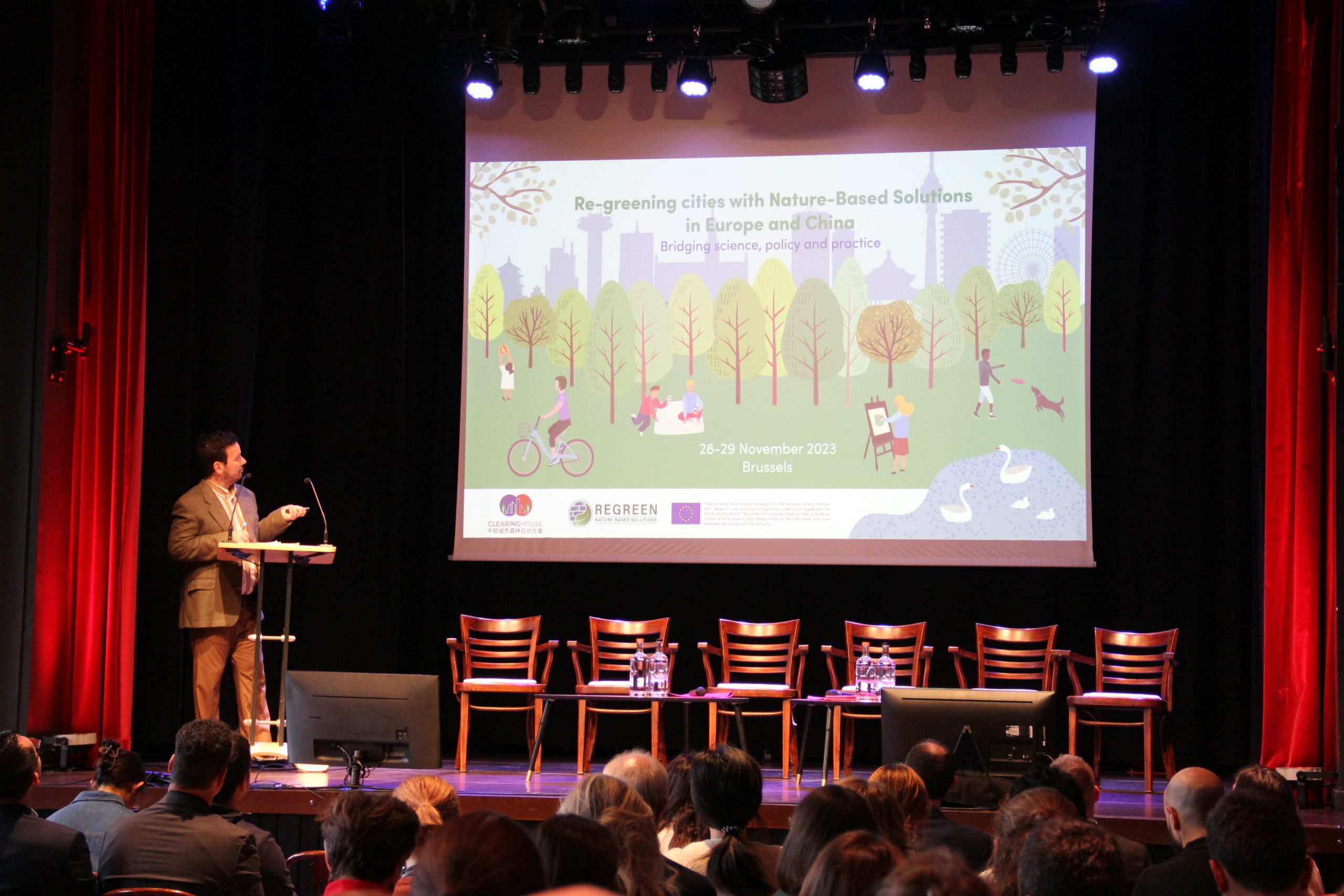
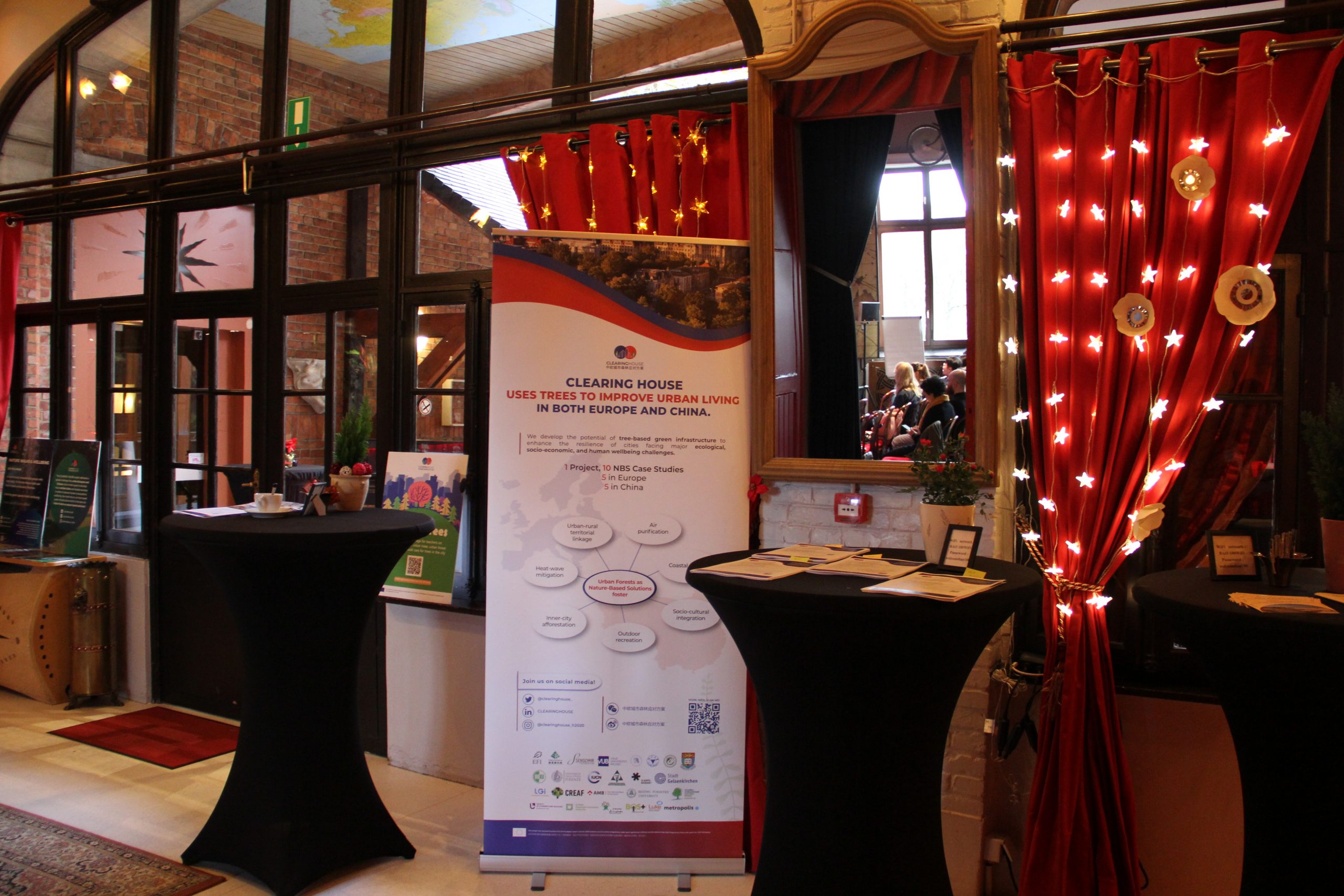
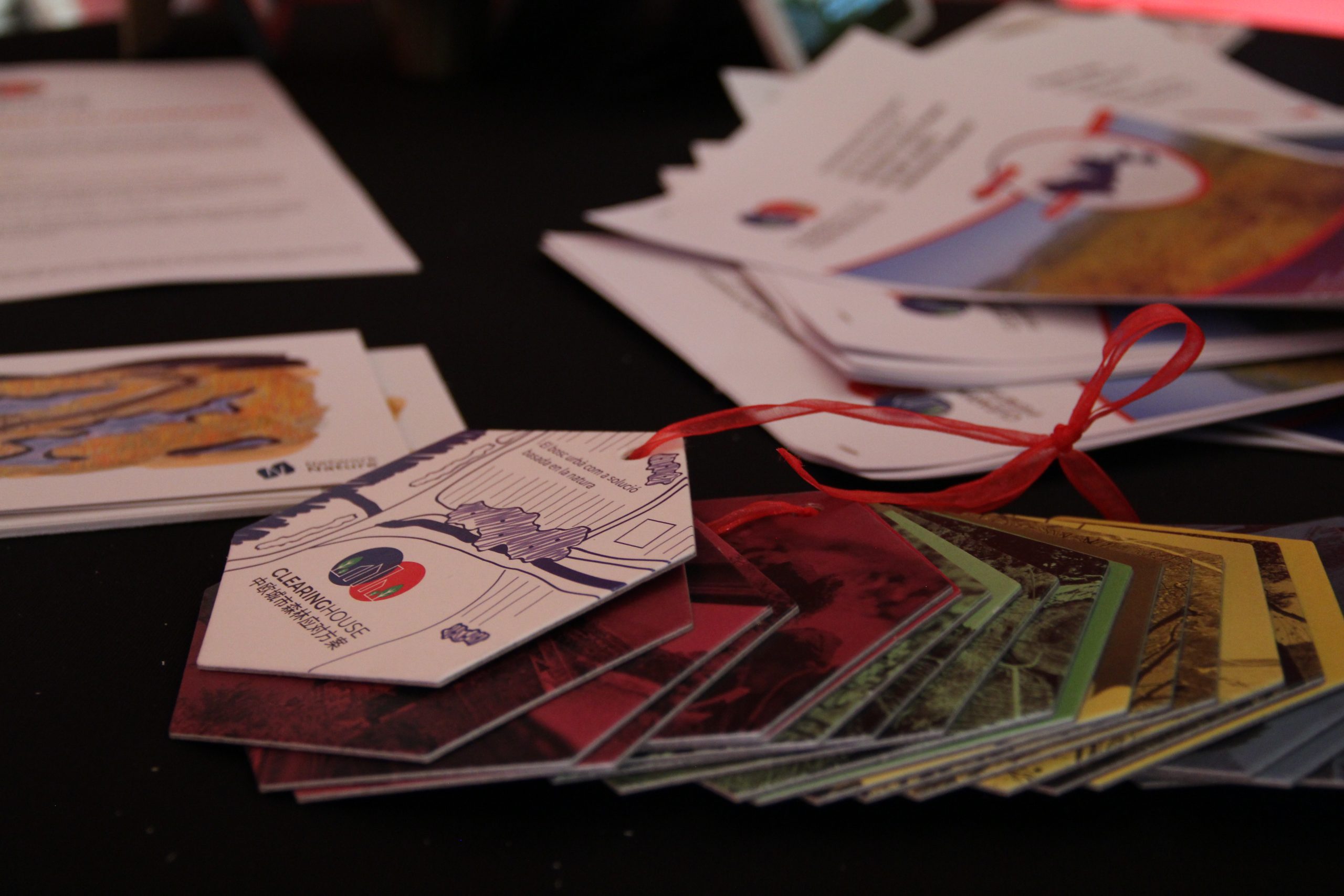
Discussing Urban Regreening Strategies
Ecological considerations took centre stage as experts delved into strategies to enhance the quality of Nature-Based Solutions. The discussions emphasised the importance of biodiversity in urban green spaces and the ecological cost-effectiveness of different NBS solutions.
Presentations challenged conventional perceptions and advocated for increased complexity in green spaces to foster biodiversity, thereby questioning the current balance between aesthetics and ecology in urban planning.
Addressing urban biodiversity loss, the conversation introduced innovative methodologies to potentially counter the decline such as “depaving” and renaturing of cities. Case studies demonstrated successful approaches, highlighting both active and passive methods for urban regeneration which focus around NBS. The importance of involving wider civil society through citizen science initiatives and public participation was also emphasised.
The emphasis on strategic, nature-centric approaches underscored the need for more thoughtful planning in urban development. A shift towards a more comprehensive approach, labelled “nature-based thinking”, was explored during the discussions.
Unveiling Challenges and Opportunities
Insights into the social and economic values of NBS and restoration showcased the multifaceted aspects of these solutions in urban environments.
Case studies from various cities highlighted the influence of human activities and social interactions on effective urban planning, emphasising the importance of stakeholder engagement and network creation. In addition, political commitment, financial incentives, effective mentoring and interdisciplinary collaboration were identified as being pivotal elements for the success of NBS projects.
Challenges in effectively conveying knowledge to local practitioners were acknowledged and promising initiatives, such as NetworkNature EU, were highlighted as platforms for promoting wider collaboration, communication and knowledge sharing on a bigger scale.
The recurring theme of education and awareness also emerged as a cornerstone for success, emphasising the need for robust citizen support and investments in cultivating a sustainable and enduring mindset. Good access to teaching resources such as the CLEARING HOUSE “City of Trees” educational package will also help to inspire the next generation of would-be urban foresters.
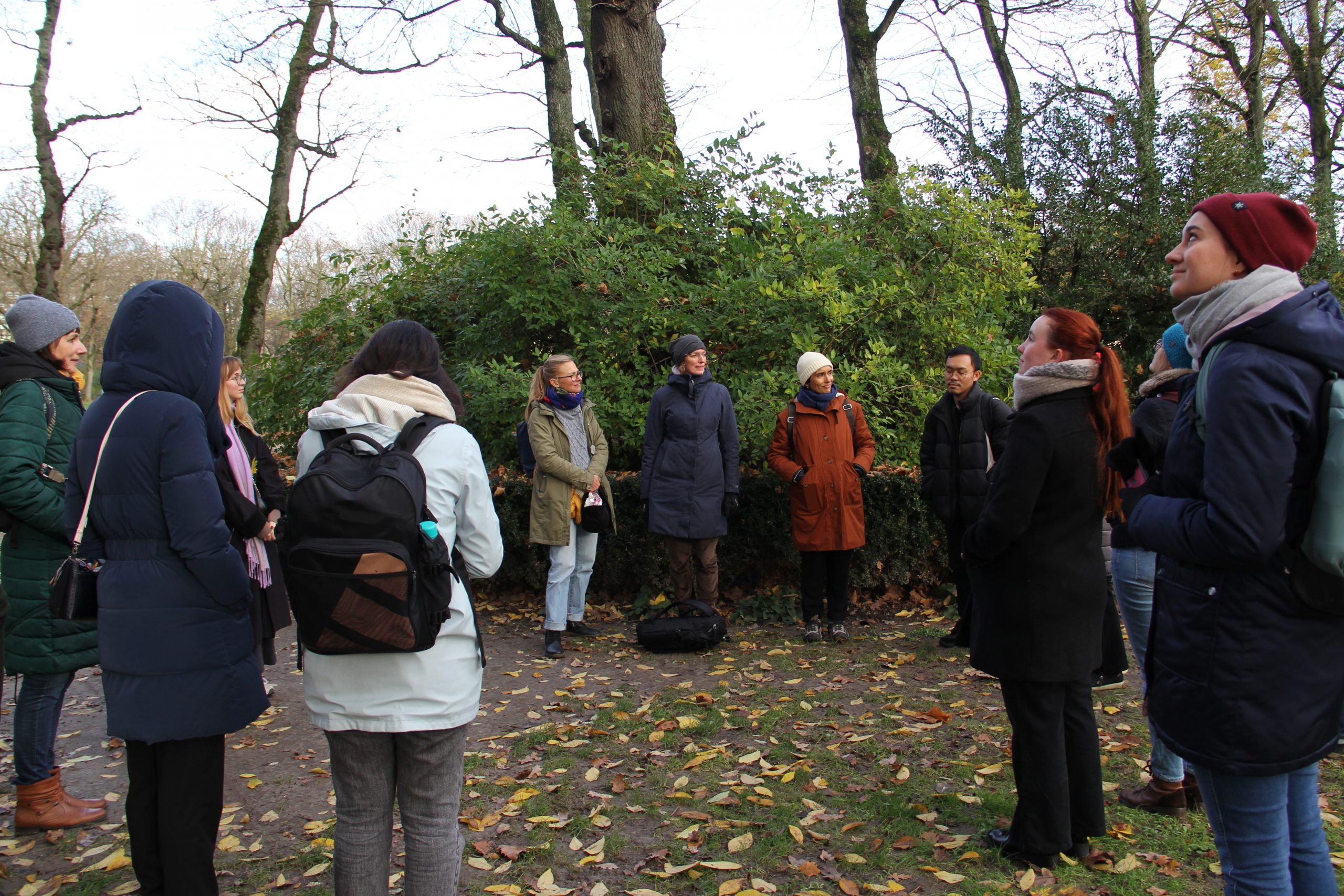
Forest Bathing experience in Parc du Cinquantenaire/Jubelpark.
Exploring Urban Forestry Dynamics with Study Trips
As a concluding highlight of the conference, participants had the opportunity to engage in enlightening study trips, each offering unique perspectives on the intricate relationship between urban environments and forest management.
The first study trip, led by Grégory Reinbold and Etienne Aulote from Brussels Environment, delved into the resilience and adaptive management of the historic landscape of the Parc de Woluwe. The excursion explored complex topics such as natural regeneration, horticultural management, and strategies for preserving old trees and local landscape character while integrating Natura 2000 protection.
Meanwhile, the second excursion, guided by Jorge De Vriese and Ann De Cannière from the Province of Vlaams-Brabant, showcased the Horizon+ strategic project in Tervuren. It demonstrated how forest diversity can extend into village centres and built areas, thereby creating habitat links and harmonizing urban spaces with the landscapes and biodiversity of the nearby Sonian Forest.
By contrast, the third study trip, led by Katriina Kipli of NatureMinded, provided a unique opportunity to literally “chill out” through experiencing Forest Bathing and mindfulness techniques at first hand. This session introduced participants to the therapeutic and wellbeing aspects of “connecting” with nature and trees in the otherwise very urbanised setting of the Parc du Cinquantenaire/Jubelpark, a green space located in the heart of the City.
These study trips enriched the conference experience by offering firsthand insights into innovative approaches for urban forestry and through fostering a deeper appreciation of the dynamic interplay between nature and city life. They were clearly enjoyed by all participants and complimented the theory based sessions and presentations.
Overall, the science-policy symposium underscored the transformative potential of collaborative efforts, emphasising the crucial role of interdisciplinary engagement and public awareness in shaping a sustainable and resilient future for urban environments. Indeed, it is clear that both the CLEARING HOUSE and REGREENN projects will leave an enduring legacy for guiding future sustainable urban development using effective deployment of NBS. Significantly, the outputs of both projects extend well beyond the research community and have generated effective guidelines, toolkits and resources for policymakers, practitioners and for wider stakeholders.
Explore the insightful sessions and discussions by checking out the recordings. The following sessions are available online :
- Innovations for Climate Action and EU-China Collaboration
- Re-greening Cities with Nature-Based Solutions in Europe and China
- Policy, Governance & Institutional issues
- Social and Economic Values of NBS and Restoration
- Urban Living Labs: Navigating the NBS Journey through Co-Design
- Enabling Transformation in Urban Areas with NBS

